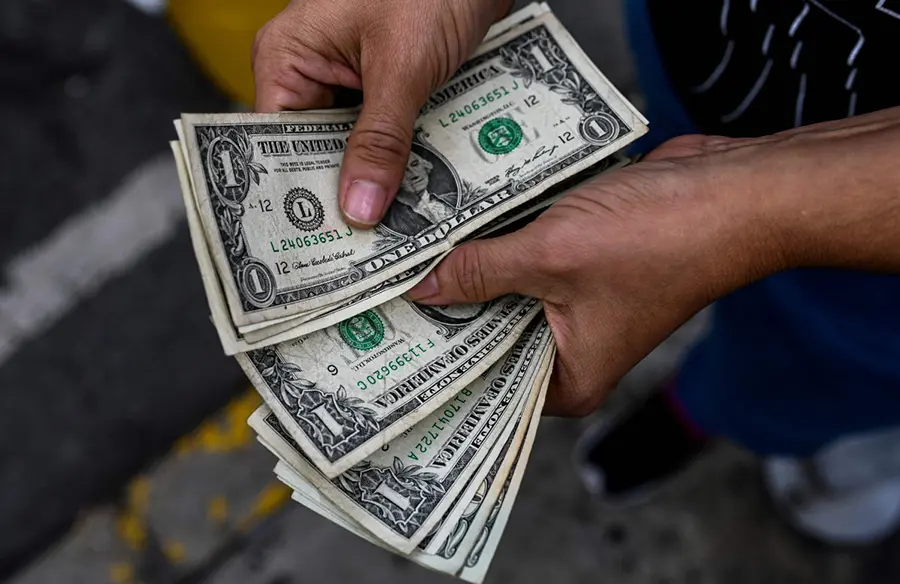The US dollar was down on Friday but trimmed some losses against the euro and yen after data showed the world’s largest economy added more new jobs than expected last month, reflecting a labour market that remained on stable footing.
The report reinforced anticipation that the Federal Reserve will hold interest rates steady for the next few meetings and not reduce them until the summer.
According to US data, nonfarm payrolls surged by 177,000 jobs last month after rising by a downwardly revised 185,000 in March.
Economists polled had predicted 130,000 jobs added last month after a previously reported 228,000 gains in March.
However, the report does not reflect the full impact of the tariffs imposed on the so-called Liberation Day on April 2.
Economists anticipate jobs growth to slow or even contract in the coming months once the fallout from the punitive tariffs is taken into account.
“The data for this release was collected during the week following Liberation Day, meaning it would be too soon to expect substantial fallout to emerge just as higher tariffs were being implemented.
“As a result, investors are likely to look through this positive print, viewing it as a ‘calm before the storm’ with strength being downplayed given the known headwinds that the labor market will be facing in the coming months,” head of economic and market strategy at ClearBridge Investments, Jeff Schulze, wrote in emailed comments.
DAILY POST reports that amid the jobs report, the dollar cut some of its losses against the yen, still trading lower on the day.
The American currency was last down 0.6% at 144.52 yen . The euro, meanwhile, pared gains versus the greenback, still trading higher at $1.1326 , up 0.3%.
The US rate futures market trimmed bets that the Fed will cut rates as soon as June, after the payrolls data, giving it a 50% probability.
That was down from about a 60% chance before the report’s release. Overall, the market has reduced the size of rate cuts being priced in to 85 basis points (bps), or about three rate reductions of 25 bps each.
Over the last few days, rate futures had factored in about 100 bps of easing.





